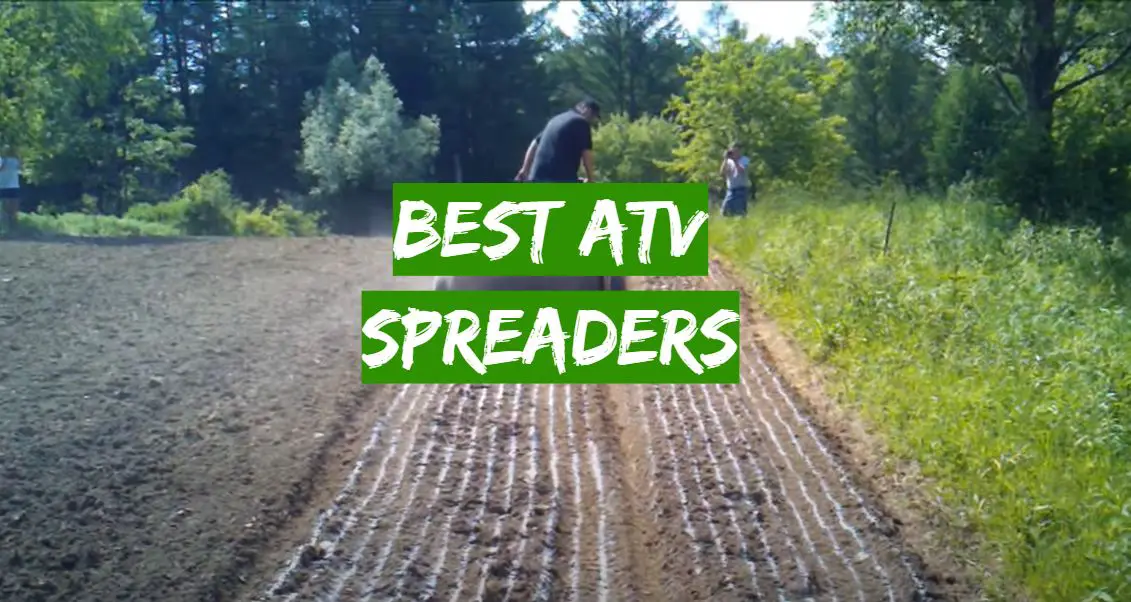Types of Spreaders
There are three main types of spreaders: broadcast, drop, and handheld. Broadcast spreaders are the most common type used by homeowners. They are easy to operate and can cover a large area quickly. Drop spreaders are best for small lawns or areas that need precise coverage. Handheld spreaders are great for spot-treating problem areas on your lawn.How to Choose the Right Spreader?
Now that you know the different types of spreaders available, how do you choose the right one for your needs?The first step is to determine the size of your lawn. A broadcast spreader will be the best option if you have a large lawn. For small lawns, a drop or handheld spreader would be better suited.
The next step is to decide what type of fertilizer or seed you will be using. Some products work better with certain types of spreaders. Be sure to read the product labels carefully to ensure compatibility.
Finally, consider your budget when making your purchase. Spreaders can range in price from around $30 to over $200.
Benefits of Using a Spreader
There are many benefits to using a spreader on your lawn. Spreaders help ensure even coverage of fertilizer or seed, which leads to a healthier lawn. They also save you time and money by eliminating the need to hire a professional landscaper.How to Use a Spreader for Your Lawn?
Once you have selected the right spreader for your needs, it's time to learn how to use it!Using a spreader is fairly simple. First, you will need to fill the spreader with the desired product. Be sure to follow the manufacturer's instructions for proper filling and loading procedures.
Next, adjust the settings on your spreader according to the product label. This will ensure that you are applying the correct amount of product to your lawn.
Once you have your spreader loaded and ready to go, start at one end of your lawn and walk in a straight line. Overlap each pass by about half to ensure even coverage. Be sure to empty your spreader when finished so that the leftover product doesn't harden and clog the spreader.
Tips for Maintaining Your Spreader
Maintaining your spreader is important to ensure it lasts for years to come. Be sure to clean the spreader after each use. This will remove any fertilizer or seed that may have clogged the mechanism. It's also a good idea to store your spreader in a dry, protected area when not in use.With proper care and maintenance, your spreader will be an invaluable tool for keeping your lawn looking its best!
Troubleshooting Guide for Spreaders
If you're having trouble with your spreader, consult our troubleshooting guide below.- If your spreader is not spreading evenly, check the settings to ensure they are correct. You may also need to adjust the flow control.
- If your spreader is leaving streaks on your lawn, it's likely because the product is clumping. Be sure to shake or stir the product before loading it into the spreader.
- If your spreader is hard to push, make sure that it is properly lubricated. You may also need to adjust the handle height to find a comfortable pushing position.






